March 5th 2025 10:26:27 AM
How to Budget for Sage 100 Mobile Technology
January 19th 2016 13:00:45 PM
Driving business with mobile technology has become standard practice in many industries. Mobility isn’t just for large companies; small and medium-sized businesses have joined the move to mobile because they want the productivity enhancements that it brings. If you are using Sage 100, you may be wondering how to budget for Sage 100 mobile technology.
The majority of manufacturers and distributors do not budget for mobile. In a Sage survey in 2014, 74% of mid-sized companies did not set a budget for mobile—just purchasing mobile capabilities when the need arose. Forty percent (40%) of businesses have Bring Your Own Device (BYOD) in place, 16% decided against BYOD, leaving the remainder with no policy at all.
Whether you have a budget for mobility or not, you should have a plan in place to implement mobility in your business. Adding mobile capabilities to your existing business systems has an overall positive impact on the organization. You can expect:
- Streamlined processes: Every function—sales, service, manufacturing, warehousing, human resources—has business procedures that can be streamlined because employees are not tied to the desktop.
- Improved productivity: Employees can be more efficient on the job by being where they need to be to finish the job.
- Higher competitiveness: Mobility makes you more competitive as you can be more flexible and offer great customer service.
- Increased revenue: Providing mobile capabilities to customers can fuel growth.
It can be difficult to measure these kinds of benefits. What is the revenue benefit of having a sales representative spend more time in the field? What do you gain by having a warehouse manager stay on the operational floor rather than at the desk? How do you quantify increased customer satisfaction from a more effective service call? How much do you save when you can conduct remote meetings instead of bringing everyone to one location?
Nonetheless, companies that implement mobile say that they have improved revenue and cut costs as a result. Enterprise mobility products become even more cost-effective over time as new technologies and productivity-enhancing features are added. As new capabilities are often designed to enhance productivity they end up reducing overall operating costs.
If you are ready to budget for mobility, you need to understand the Total Cost of Ownership (TCO) for Sage 100 mobile capabilities. You should consider both capital expenses and operating expenses.
Capital expenses incurred with mobility
Capital expenses are generally one-time charges for the cost of the equipment and software to enable mobility in your operations. If you allow BYOD, you may not have any additional device costs at all. If you decide against BYOD, budget smartphones are getting cheaper and are capable of all of the functions your employees require. Keep in mind that any additional mobile devices may be replacing older desktops and laptops that would have needed updating anyway. The net result can often be lower IT capital expenses.
Mobile ERP interfaces are becoming standard, but you may need to upgrade your system or add a new module depending on the age of your system. You should consider any other installation and integration charges If you have network or hardware capacity issues, you need to take action now because poor Wi-Fi and slow servers can crush productivity. You should also consider purchasing analytics tools which allow IT to identify problems that may arise.
Operating expenses incurred with mobility
Ongoing operating expenses will include monitoring, administration, troubleshooting, maintenance, and repair. On the whole, companies are finding they have lower support costs for mobility than for standard desktop access. While BYOD lowers capital expense, it may increase overall operating expense as you need to provide access for a variety of mobile devices. At a minimum, support for iOS, Windows, and Android are needed. One way to minimize these costs is to require upgrades and security app updates. Setting an approved list of supported devices will also keep operating expenses lower.
Sage 100 mobile applications lower IT costs
Even considering the total cost of ownership, Sage 100 mobile technology may actually lower IT costs while improving the health of the overall business. Scanco offers the latest in mobile technology for your warehouse, sales, or field service functions. Scanco Warehouse is a warehouse management system for Sage 100 that provides accurate inventory levels, improved ship time and decreased errors. Scanco Sales is a Sage 100 mobile, cloud-based, SaaS package that automates your sales process. If you would like to add mobility to your manufacturing or distribution business, contact us today.













